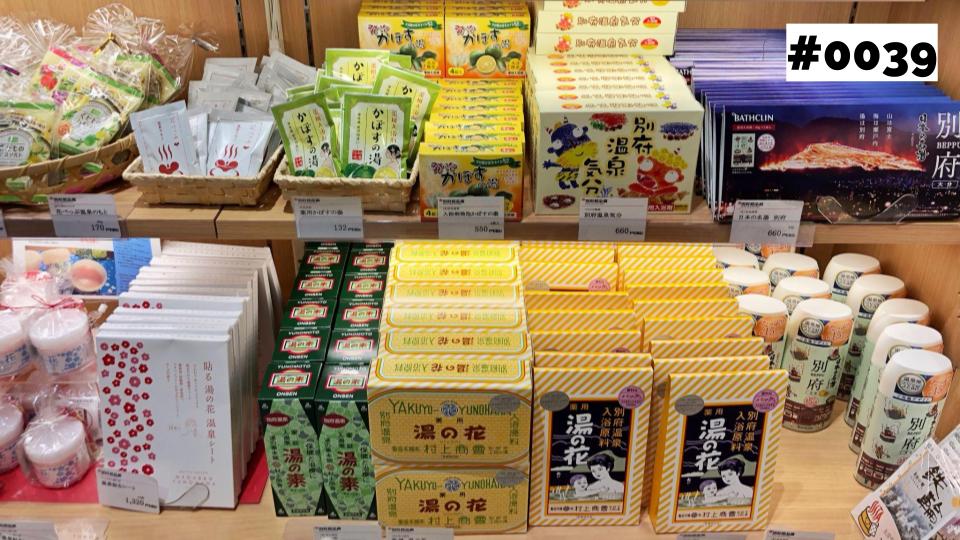The Power of Packaging in Japan
May 31, 2023 at 2:59 PM
Packaging has a significant impact on our consumer-oriented society, influencing our purchasing decisions and shaping our perceptions of products. In Japan, however, packaging goes far beyond mere functionality and aesthetics—it is an art form that embodies the country's rich cultural heritage, commitment to excellence and the company’s brand identity.
1. Aesthetic Excellence: The Art of Japanese Packaging
Japanese packaging design is often praised for its aesthetic excellence and harmonious blend of traditional and contemporary elements. From elegant bento boxes to beautifully wrapped gifts, the art of packaging in Japan is a testament to the country's rich cultural heritage and its commitment to visual appeal.
Japanese packaging is characterized by its minimalistic yet sophisticated approach. Clean lines, understated colors, and a focus on simplicity create an air of elegance that captivates consumers. Whether it's a product on a store shelf or a beautifully packaged confectionery item, Japanese packaging has the ability to instantly catch the eye and create a sense of anticipation and desire.

2. Functional Ingenuity: Beyond Beauty
While Japanese packaging excels in aesthetics, it also demonstrates remarkable functional ingenuity. In the realm of consumer goods, Japanese packaging often features innovative designs that make storage, transportation, and usage effortless. For example, in the food industry, pre-cut and portioned packaging enables consumers to enjoy meals on-the-go, while resealable containers and pouches preserve freshness and extend shelf life. You can find built-in strainer in yakisoba cup ramen which makes life so much easier. Such thoughtful packaging designs not only enhance customer satisfaction but also contribute to reducing food waste.
Furthermore, Japanese packaging goes beyond product functionality to prioritize sustainability. With an increasing emphasis on eco-friendly practices, packaging materials are carefully chosen to minimize environmental impact. For example, you can find foldable thick paper that can be used as a spoon in some dessert products such as pudding. From biodegradable packaging to recyclable materials, Japan is at the forefront of sustainable packaging innovations, setting an example for the rest of the world.

3. Brand Identity and Consumer Connection
Packaging serves as a powerful tool for establishing brand identity and forging connections with consumers. In Japan, packaging is seen as an extension of the product itself, reflecting the values and story behind the brand. Japanese companies understand that packaging is an opportunity to communicate with consumers on an emotional level and create a lasting impression.
Through carefully crafted packaging, brands can convey their commitment to quality, craftsmanship, and attention to detail. The use of traditional motifs and symbols adds a touch of authenticity and cultural significance, evoking a sense of pride and nostalgia among consumers. Whether it's the intricate patterns on a bottle of sake or the elegant designs adorning cosmetic products, packaging in Japan has the power to evoke emotions and build brand loyalty.
Moreover, Japanese packaging often incorporates interactive elements that engage consumers and foster a sense of excitement. From peel-off tabs to reveal hidden messages to puzzle-like packaging that requires assembly, these interactive experiences create a lasting impression and encourage brand engagement. For example, by folding milk and juice cartons flat before throwing it away, you can read a hidden message that says “thank you for folding it”, which shows the brand’s commitment to take care of the environment.
Click here for past articles
Download our media kit
Contact us here

